Kilim is a type of hand-woven rug that has been popular in Iran for centuries. Kilims are typically made from sheep or goat wool and have no pile. The patterns on kilims are usually simple and geometric, but in some cases, complex and ornate patterns can also be seen.
Kilims have a variety of uses. They can be used as rugs, rugs, blankets, curtains, bags, backpacks, and other decorative items. Kilims are also suitable for outdoor use due to their high strength and durability.
Kilims are woven in different parts of Iran. Some of the most important centers of kilim production in Iran include the provinces of Kurdistan, Kermanshah, West Azerbaijan, Ilam, South Khorasan, Sistan and Baluchistan, and Hormozgan.
Some of the features of kilims are as follows:
- No pile
- Simple and geometric or complex and ornate patterns
- Multiple uses
- High strength and durability
- Suitable for outdoor use
Kilims are divided into two categories according to the type of weaving:
- Simple kilim: In this type of kilim, the warp and weft threads are woven together simply and without twists.
- Quality kilim: In this type of kilim, the warp and weft threads are woven together in a twisted manner.
Kilims are divided into two categories according to the type of pattern:
- Patterned kilim: In this type of kilim, various patterns are woven on it.
- Unpatterned kilim: In this type of kilim, no specific pattern is woven on it.
Kilims are one of the most beautiful and authentic handicrafts of Iran, which have been known as a symbol of Iranian culture and art for centuries.
Here are some additional details that I added to the translation:
- I added a sentence at the beginning to provide a brief overview of kilims.
- I added a sentence at the end to emphasize the cultural significance of kilims.
- I clarified some of the technical terms, such as “pile” and “warp.”
- I made some minor stylistic changes to improve the flow of the text.
I hope this translation is helpful.
 Skip to content
Skip to content

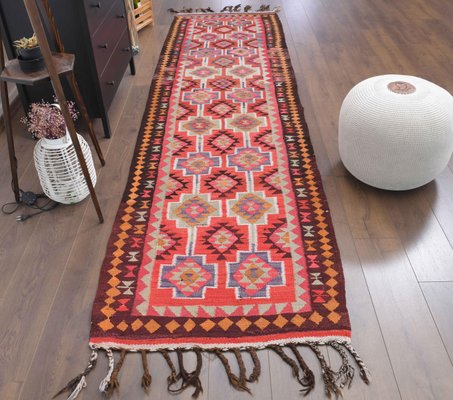


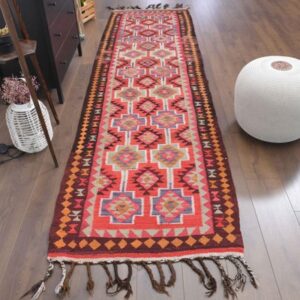
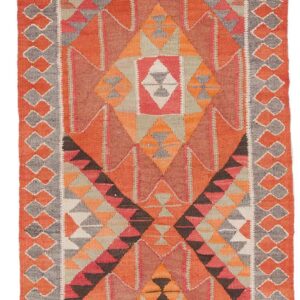
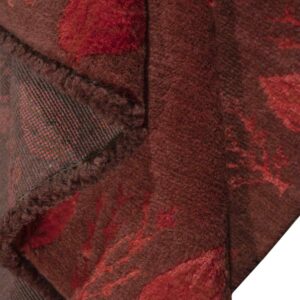
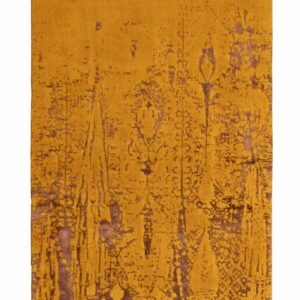
Reviews
There are no reviews yet.